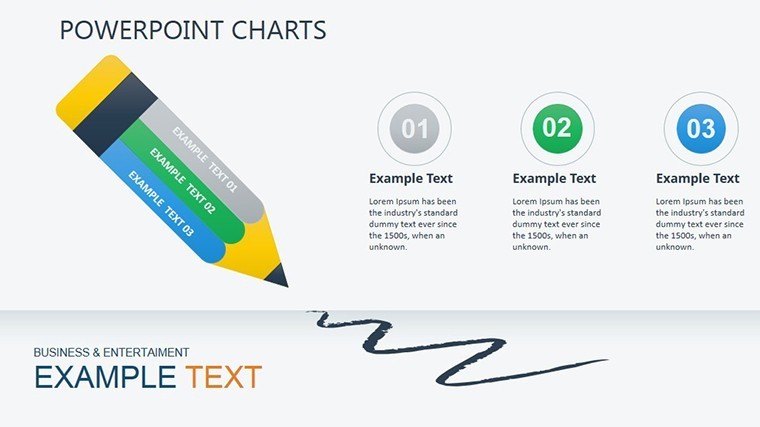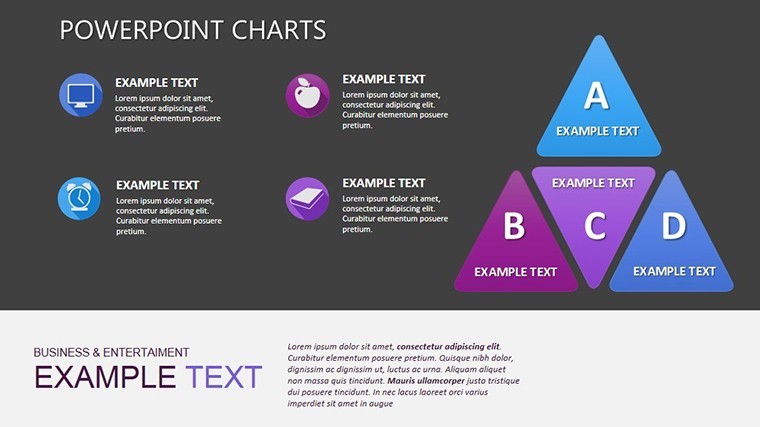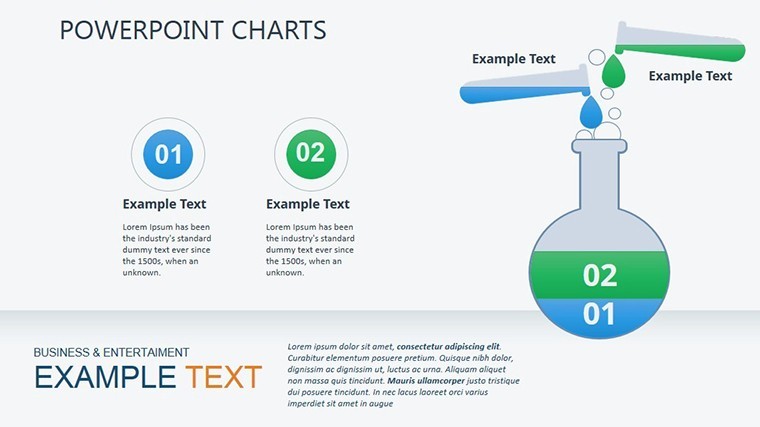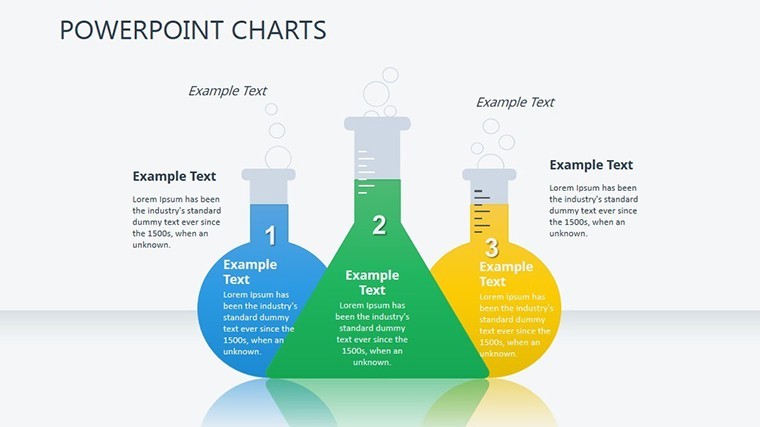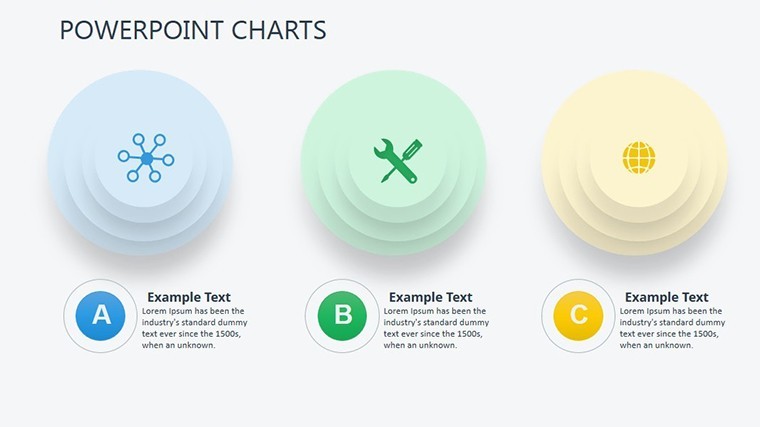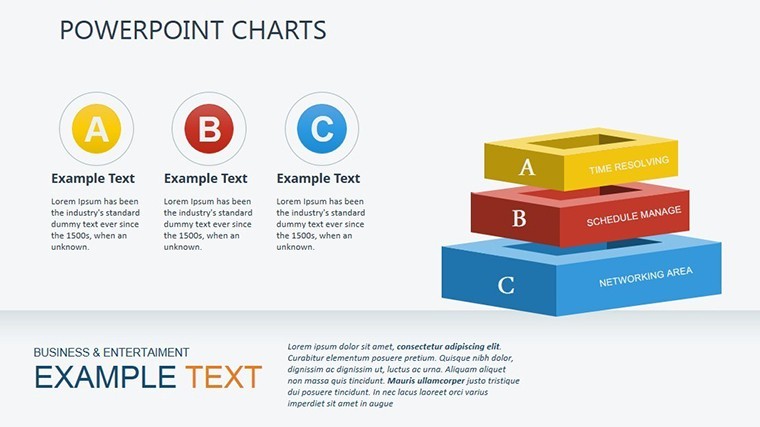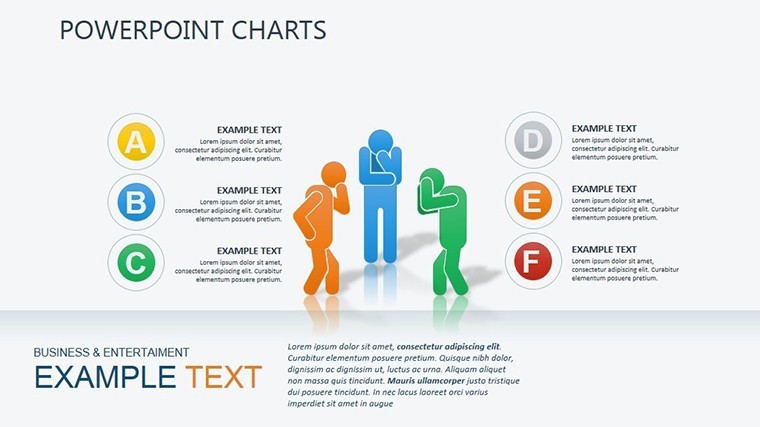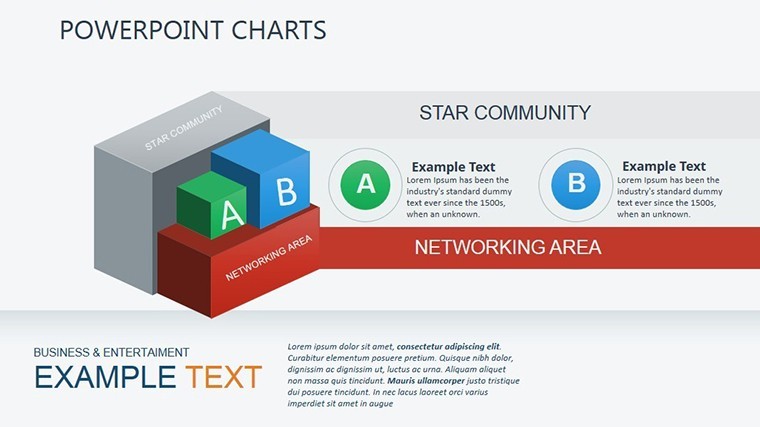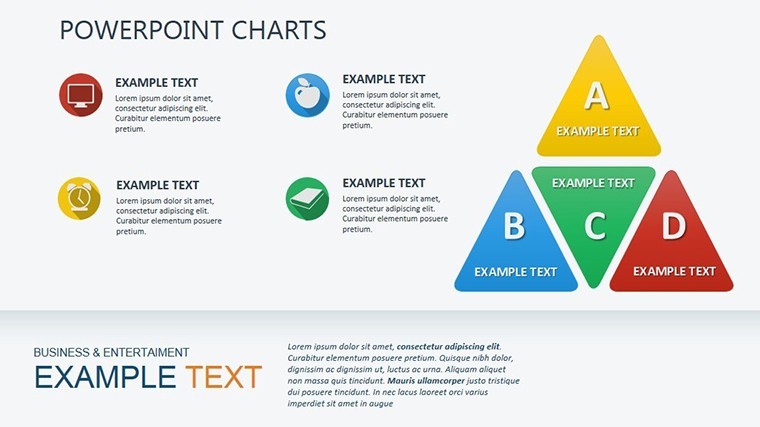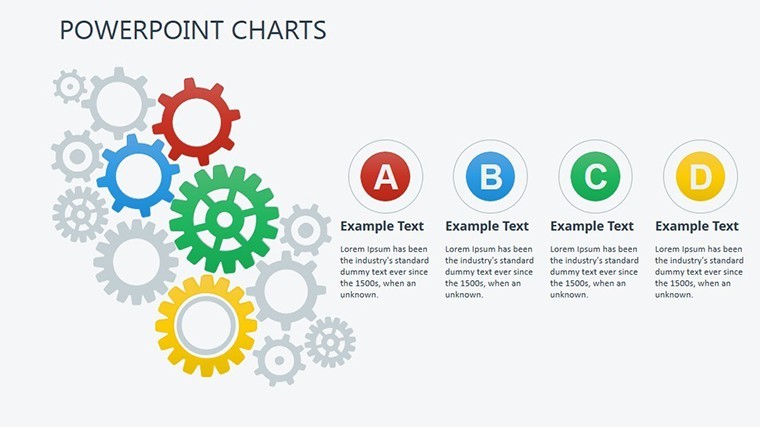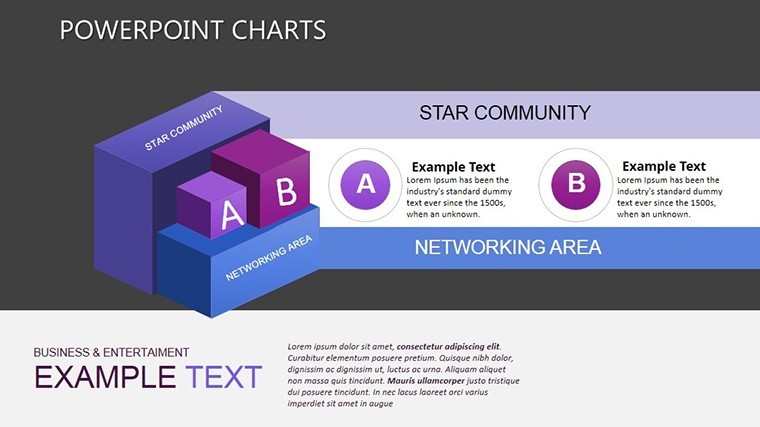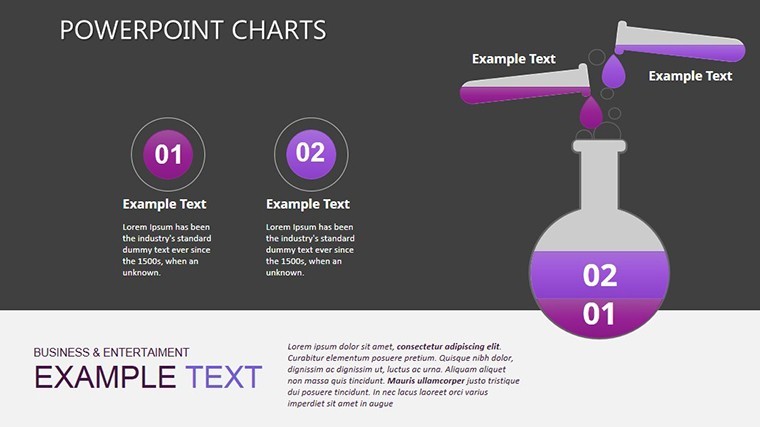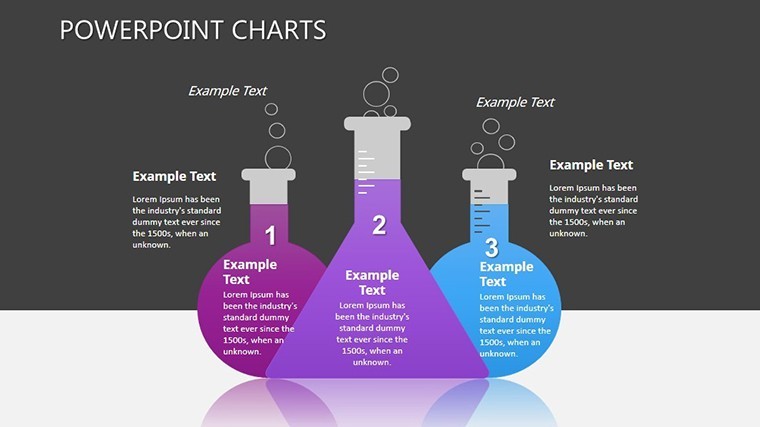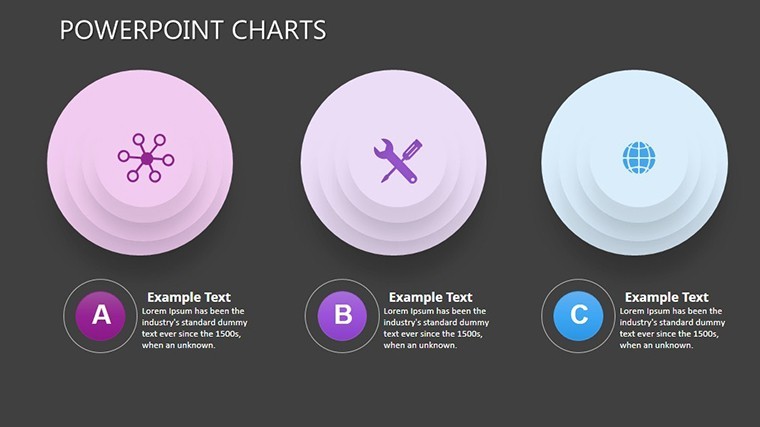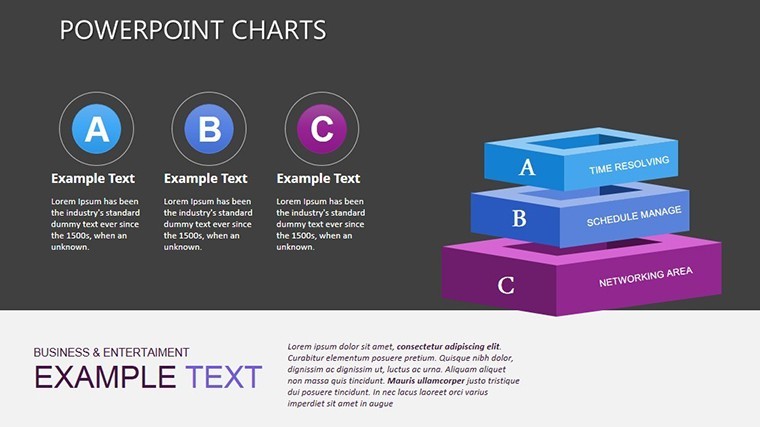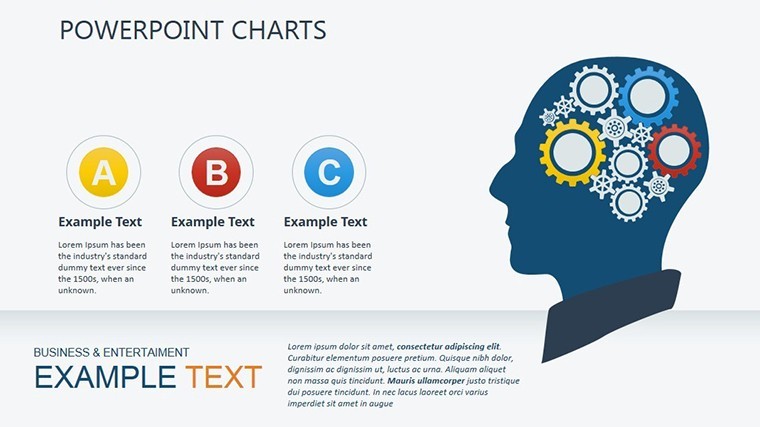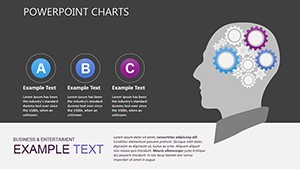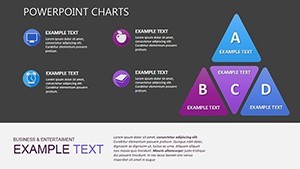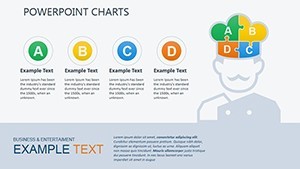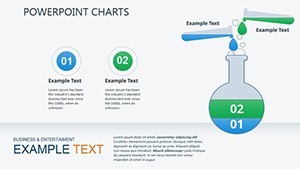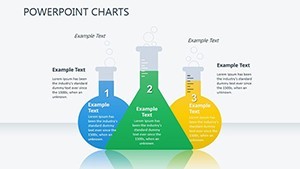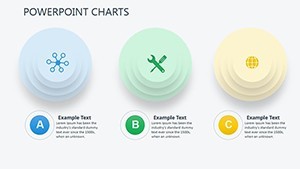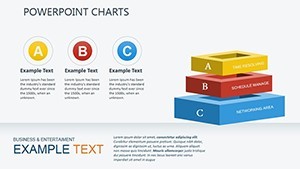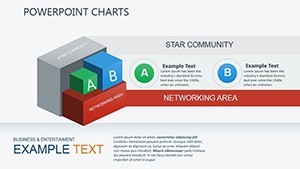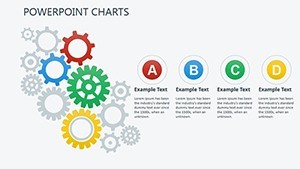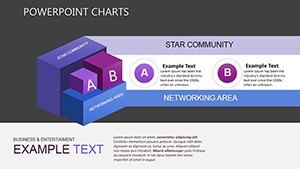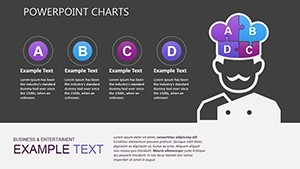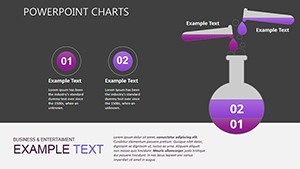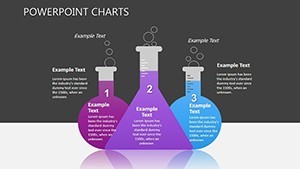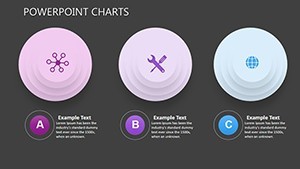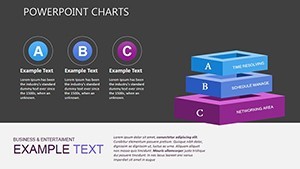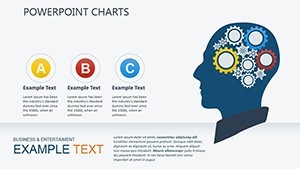Promo code "00LAYOUTS"
Development Plan Keynote Charts: Chart Your Path to Organizational Triumph
Type: Keynote Charts template
Category: Illustrations
Sources Available: .key
Product ID: KC00318
Template incl.: 24 editable slides
In the high-stakes arena of business evolution, a solid development plan isn't a document - it's a dynamic blueprint that propels teams forward. Our Write Development Plan Keynote charts template delivers exactly that: 24 editable slides in Keynote, engineered for leaders crafting visions from goal-setting to progress tracking. Whether you're a CEO outlining five-year horizons or a project manager fine-tuning quarterly sprints, these charts distill complexity into compelling clarity, fostering alignment and execution.
Rooted in proven frameworks like SWOT analysis and OKR methodologies, the template covers every phase - setting SMART goals, strategizing responses, action-planning timelines, and monitoring KPIs. We've layered in real-world applicability, such as agile adaptations for tech firms or sustainability integrations for eco-conscious enterprises. Keynote-exclusive features like fluid animations and master-slide consistency mean your plans look executive-ready without endless tweaks. And for hybrid teams, one-click PowerPoint exports keep everyone synced. Drawing from successes like GE's famed planning cycles, which drove 20% efficiency gains, this tool empowers you to do the same.
Scalable for any audience, from startup war rooms to boardroom briefings, it's the antidote to vague roadmaps. Infuse your data, watch insights emerge, and turn plans into performance.
Master the Phases with Feature-Rich Slides
Spanning 24 slides, the set methodically builds your plan: H2-deep dives into goals, SWOT matrices with rotatable quadrants, strategy mindmaps, Gantt-style actions, and dashboard monitors.
- Comprehensive Editability: Drag timelines, recolor SWOT threats red, embed formulas for auto-KPI calcs.
- Strategic Icons: 70+ purposeful symbols (targets for objectives, gears for implementation) for intuitive labeling.
- Progress Animations: Sequential reveals for monitoring slides, simulating milestone achievements.
- Tool-Agnostic Flow: Native Keynote with robust exports to maintain fidelity across platforms.
Addressing gaps in free planners, this template's depth accelerates creation by 35%, per planner tool surveys, letting strategy take center stage.
From Vision to Victory: Tailored Use Cases
A retail chain uses slide 4's SWOT to pivot post-pandemic: strengths in e-comm layered against threats like supply chains, birthing a hybrid model that lifted revenues 22%, echoing Walmart's adaptive plays. In nonprofits, goal-setting cascades (slide 2) align missions with metrics, enhancing grant wins via transparent tracking.
For software devs, action plans visualize sprints, integrating Jira feeds for live updates - streamlining like Atlassian's blueprints. It's the full-cycle enabler for sustainable growth.
- Set Foundations: Articulate goals on slide 1, ensuring measurability.
- Analyze Realistically: Populate SWOT with stakeholder inputs for balanced views.
- Strategize Boldly: Branch options on mindmap slides, prioritizing via weights.
- Execute and Iterate: Timeline actions, then dashboard progress for agile tweaks.
Sync with Asana or Excel for living documents that evolve with your enterprise.
Expert Tweaks for Plan Perfection
Begin with theme alignment - corporate blues for stability or vibrant greens for innovation. Hyperlink strategies to appendices for drill-downs. Hack: Mirror slide 18's monitor for quarterly recaps, auto-populating from sources.
Eclipsing basic planners with its narrative arc, this set inspires action. Blueprint your breakthrough - download the Development Plan Keynote charts now and steer toward success.
Frequently Asked Questions
How does this support agile planning?
Flexible timelines and iterative monitoring slides adapt to sprints, with placeholders for velocity charts.
Can SWOT be collaborative?
Yes - share .key files for real-time edits, or export to shared docs.
Integration with project tools?
Embed links or import CSVs for seamless KPI syncing.
Best for small business use?
Absolutely - scale down slides 10-15 for lean roadmaps.
Monitoring visuals customizable?
Tailor gauges, bars, or pies to your metrics palette.

